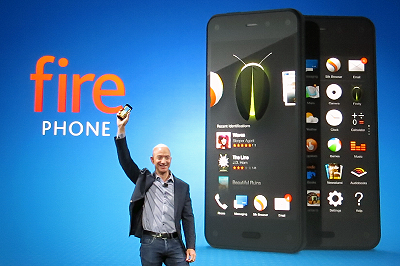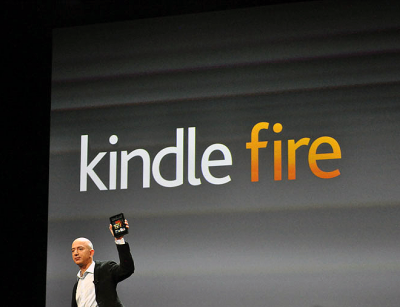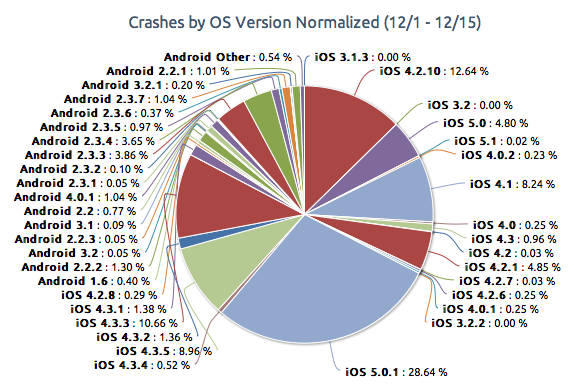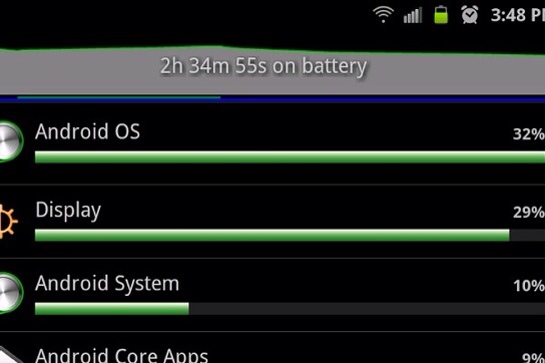
Until now, I’ve thought of Foodspotting mostly as an iPhone app which my wife uses to share photos of her meal when we dine out. She loves it. So do enough other people that a million pictures have been uploaded since the app’s launch, making it feel a bit like an Instagram that’s entirely devoted to things you can eat..
But there’s probably a limit to how many folks there are in the world who want to obsessively photograph food. So the new version of Foodspotting that launched this week is designed to broaden the app’s appeal. The photo sharing’s still there–but it feels more like one feature in an app whose primary purpose is to let large numbers of people find and see the best dishes at local restaurants before they place an order.
The new Foodspotting lets you browse popular dishes at nearby restaurants, or pull up a “picture menu” of a specific eatery. Lists of picks from media outlets such as Zagat’s and New York magazine supplement the recommendations from Foodspotting users. And there’s a section of Specials–which consisted of 50% discounts at several restaurants when I checked–which is the start of Foodspotting’s strategy for making money.
With its new emphasis on finding places to go and stuff to eat, Foodspotting feels a bit more like a competitor to traditional sources of restaurant reviews such as Yelp. But the similarities don’t run deep. Foodspotting still focuses on pictures and thumbs-up ratings, not full-blown critiques. And there’s no way to steer other users away from disappointing dishes by giving anything a thumbs down.
Judging from my experience so far, Foodspotting also doesn’t have a Yelplike critical mass of content practically everywhere. At the moment, I’m in Newton Corner, Massachusetts–not exactly a hotbed of fine dining–and only see a few photos from a few restaurants. Yelp, however, has dozens of nearby establishments that have dozens of reviews apiece. (Back home in food-centric San Francisco, Foodspotting is a much richer resource.)
Of course, one of the goals of the new version is to ramp up more quickly. If it works, the app, which was already lots of fun, will be even more fun, and much more useful.
Foodspotting is available for iPhone, Android, Windows Phone, and BlackBerry; the iPhone and Android editions are the first two to become available in this updated version.








